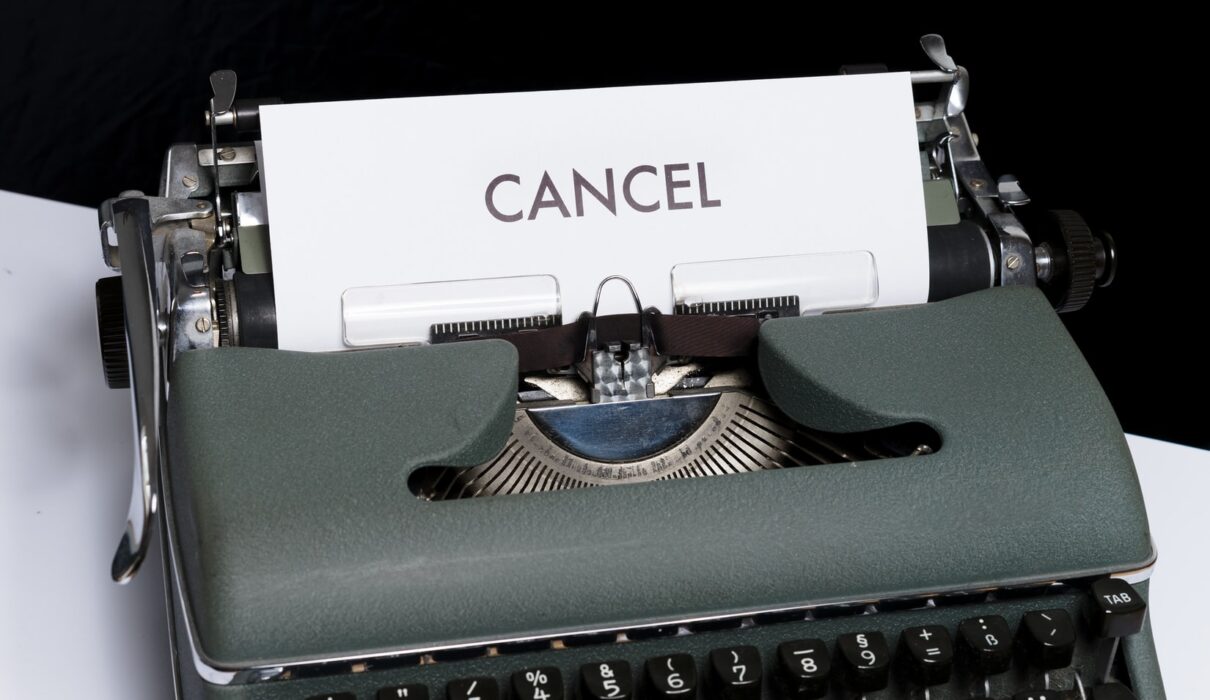So you just looked at your credit report and had a mini-heart attack upon noticing an error? Understandable. Errors on your credit report can make your score lower than it should be, which in turn affects your ability to obtain a loan, credit card, or favorable rates. Not to worry, though. Getting those errors removed from your credit report is doable, and it can help you lock down a better credit score.
Step 1. Look for errors on all three credit reports
As you may know, you’re entitled to one free credit report per year from AnnualCreditReport.com, which includes the three main credit bureaus: Experian, Equifax, and TransUnion. From now through April 2022, you’re actually entitled to free weekly credit reports.
You may notice slight differences between your reports, as some companies don’t report your account activity to all three bureaus. However, if you notice a negative mark on one credit report, it’s a good idea to check the other two.
Disputing credit report errors doesn’t hurt your credit score, and it’s free, no matter how many items you have.
There is no cost to dispute credit report errors, and you can dispute as many items as you like. Filing a dispute does not hurt your credit score, but the result of the dispute may have an effect on your score.
What kind of errors should you dispute?
If you notice any errors that could hurt your credit score or potentially suggest identity theft, these are the ones you should dispute.
This includes:
- Accounts you don’t recognize
- Inaccurate personal information i.e. addresses you’ve never lived at
- Wrong account status i.e. a payment mistakenly reported late when you paid on time
- Negative information that’s too old to be reported (generally derogatory marks must be removed after seven years)
- A former spouse incorrectly listed on a loan or credit card
- Incorrect account numbers or accounts that don’t belong to you
- Inaccurate credit limits or loan balances
What kind of credit report errors aren’t worth disputing?
Don’t worry about smaller errors that don’t affect your score — such as a misspelled former employer or an outdated phone number. Things like this don’t affect anyone’s assessment of your creditworthiness and typically aren’t worth disputing.
Step 2. Gather what you need to dispute the errors
You’ll want to make it as easy as possible for investigators to confirm the validity of your complaint. You can expedite the process by providing certain materials that are relevant to your dispute, such as copies of:
- Bank statements
- Credit card statements
- Birth or death certificates, or divorce decrees
- Your FTC complaint or police report (if you’ve reported identity theft)
Documents to provide for your dispute
Additionally, you’ll need to provide:
- Proof of identity
- Your Social Security number and date of birth
- A copy of government-issued identification
- Your current address and past addresses going back two years
- A copy of a utility bill or bank statement that includes your name and address
Step 3. Dispute the errors
You can dispute Equifax, Experian, and Transunion errors online (typically the fastest) or you can write a letter. You’re also welcome to call, but you might not be able to complete the entire process over the phone.
Additionally, when you file a dispute the Federal Trade Commission (FTC) suggests informing the company that provided the information to the credit bureaus (such as a bank or lender) in writing.
Step 4. Review the response to your dispute
Credit bureaus must investigate your claim and tell you the outcome in writing within 30 days.
If they agree it’s an error
The credit bureau will remove the item and send you a new copy of your credit report. Be sure to review the new report to make sure all looks well.
Also, you can request that the bureau communicate the correction to anyone who has received your report in the past six months. If anyone requested your credit for employment purposes in the last two years, you can ask for a corrected copy to be sent to them.
If they disagree it’s an error
If the credit bureau disagrees that the item is a mistake, they will not remove it.
But you still have a course of action you can take in this case. If you’re positive that the item on your report is incorrect, it’s time to take it to the Consumer Financial Protection Bureau. You’ll explain what you’re disputing and provide copies of your proof. Then the CFPB will look into it, and you can follow progress with the email updates it sends or on their website.

